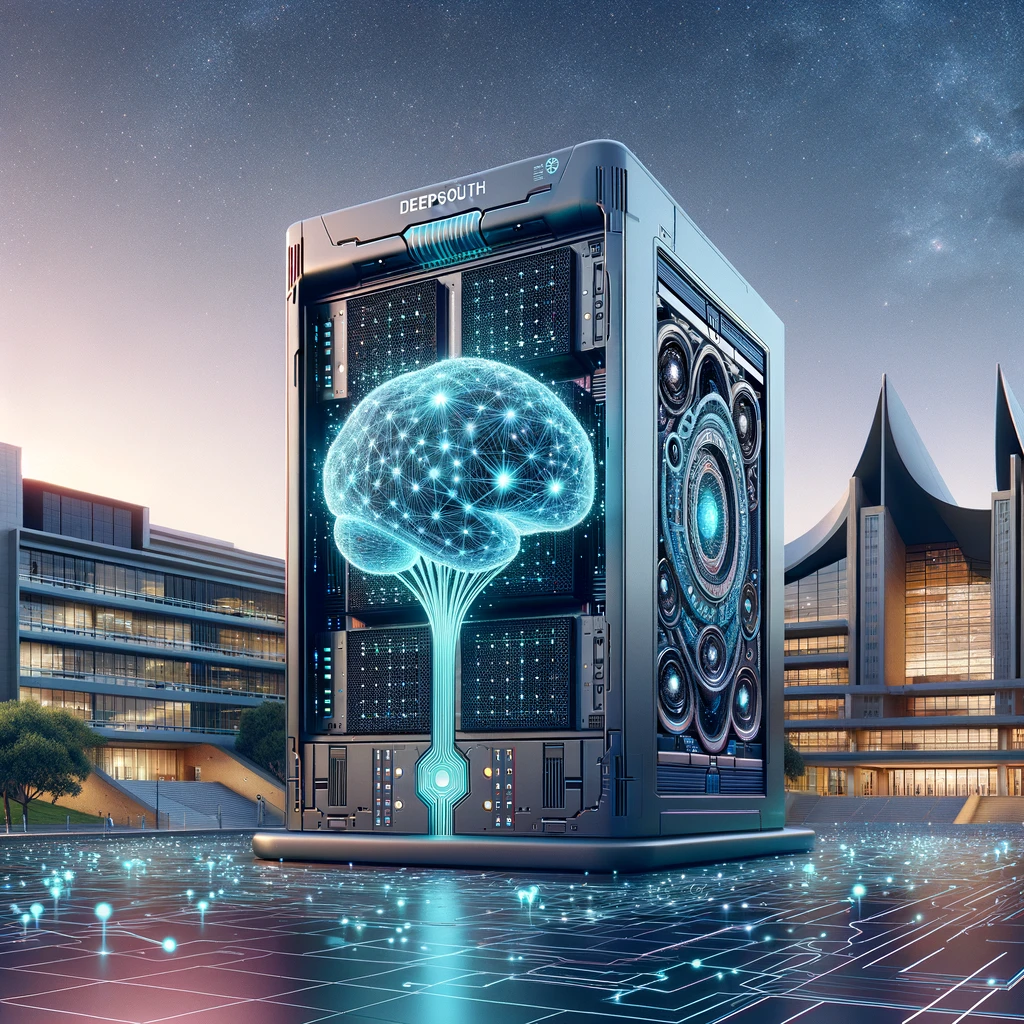Western Sydney University Leads in Neuromorphic Computing with DeepSouth Supercomputer
Innovative Breakthrough in Computing
Researchers at Western Sydney University’s International Centre for Neuromorphic Systems (ICNS) have announced a groundbreaking development: the creation of the world’s first supercomputer capable of simulating networks at the scale of the human brain. Named DeepSouth, this neuromorphic system is designed to mimic biological processes, efficiently emulating large networks of spiking neurons at a staggering 228 trillion synaptic operations per second, rivaling the human brain’s operational rate.
Purpose-Built for Brain-Scale Simulations
DeepSouth stands out from traditional supercomputers by being purpose-built to operate like networks of neurons. This design requires less power and enables greater efficiencies, contrasting with the more power-hungry supercomputers optimized for traditional computing loads. This capability is crucial for advancing our understanding of brain computations and developing brain-scale computing applications across diverse fields such as sensing, biomedical, robotics, space, and large-scale AI applications.
Practical Applications and Collaborative Effort
The practical implications of DeepSouth are vast. It will lead to advancements in smart devices like mobile phones and sensors used in manufacturing and agriculture, as well as the creation of smarter and less power-hungry AI applications. Importantly, it will also enhance our understanding of both healthy and diseased human brains. The ICNS team at Western Sydney University collaborated with international researchers from universities in Sydney, Melbourne, and Aachen, Germany, for this project.
Key Features and Future Potential
DeepSouth, which aims to be operational by April 2024, is set to transform the region into a high-tech hub. Its features include super-fast, large-scale parallel processing with significantly lower power usage compared to traditional supercomputers. The system is scalable and reconfigurable, leveraging Field Programmable Gate Arrays (FPGA) for hardware reprogramming. This flexibility allows the addition of new neuron models, connectivity schemes, and learning rules. Additionally, DeepSouth will be remotely accessible, enabling researchers to use the platform without needing detailed knowledge of the hardware configuration.
Revolutionizing AI with Commercial Availability
DeepSouth leverages commercially available hardware, ensuring continuous improvements independent of the team designing the supercomputer. This approach overcomes the limitations of other neuromorphic computing systems that rely on custom-designed hardware. By mimicking the brain’s processing methods, DeepSouth is expected to create more efficient AI processes than current models.
This supercomputer not only represents a significant technological leap but also a new horizon in our quest to understand and replicate the complexities of the human brain. As DeepSouth becomes operational, its impact on science, technology, and our daily lives could be profound, marking a new era in neuromorphic computing.
